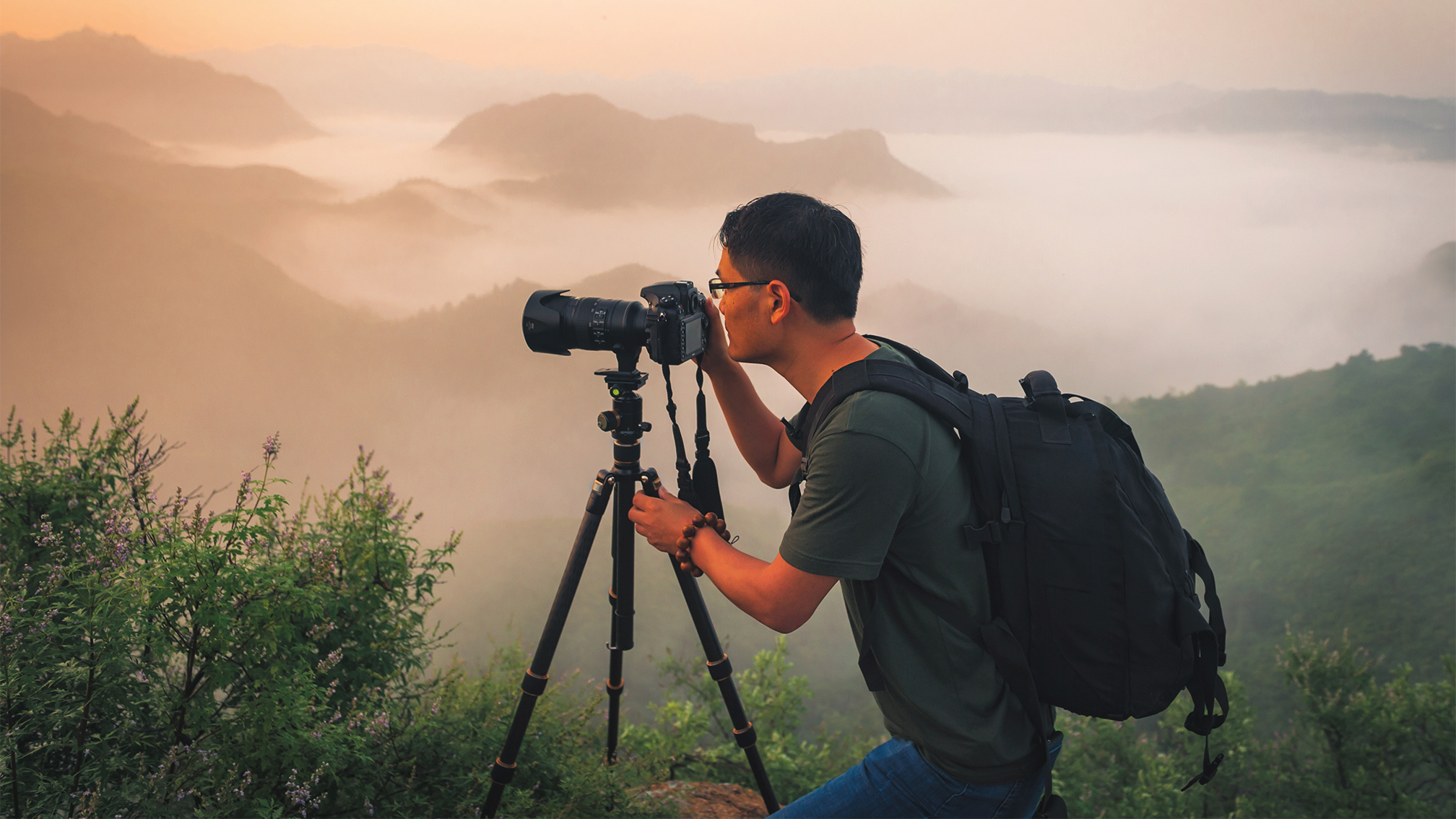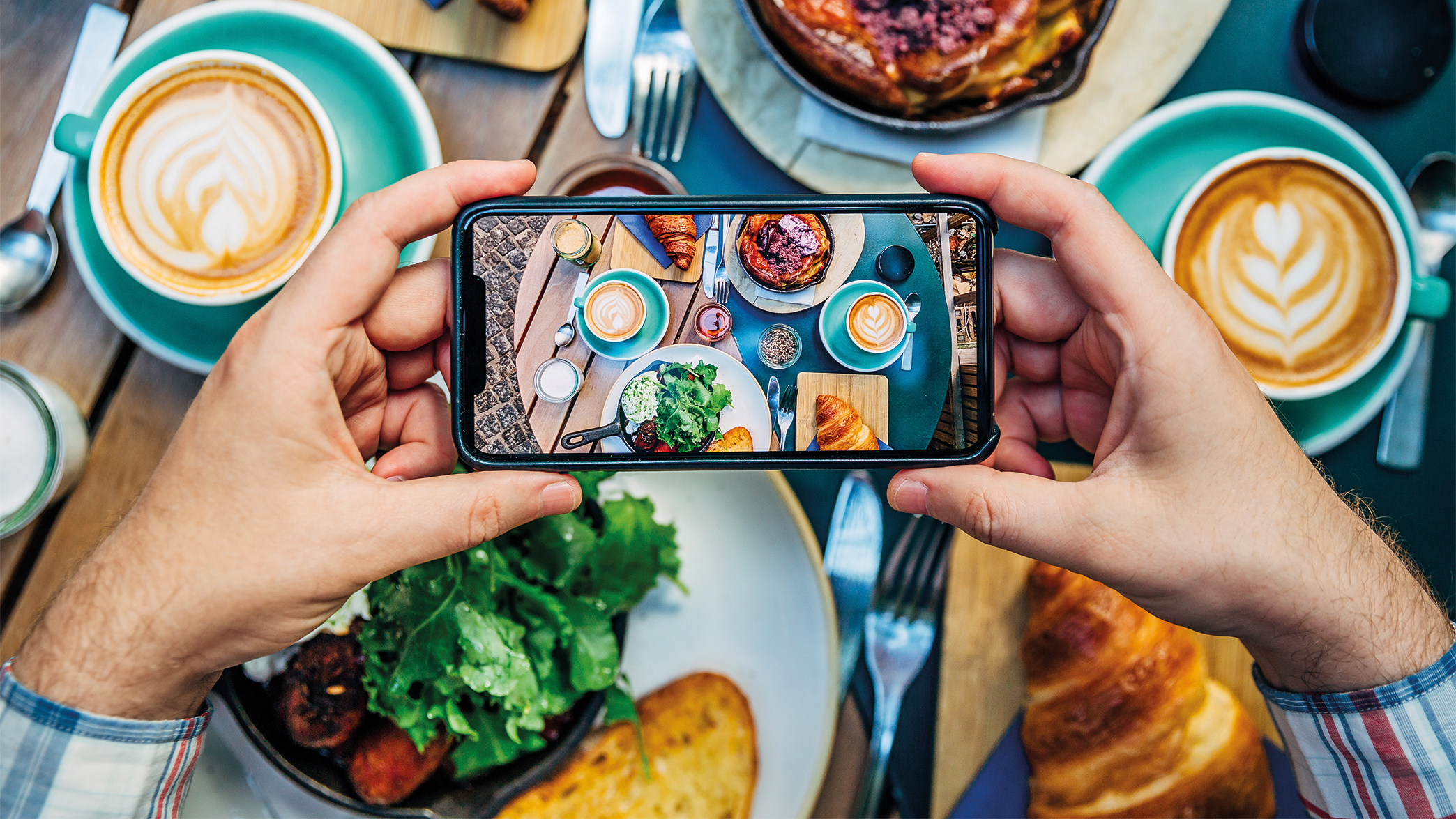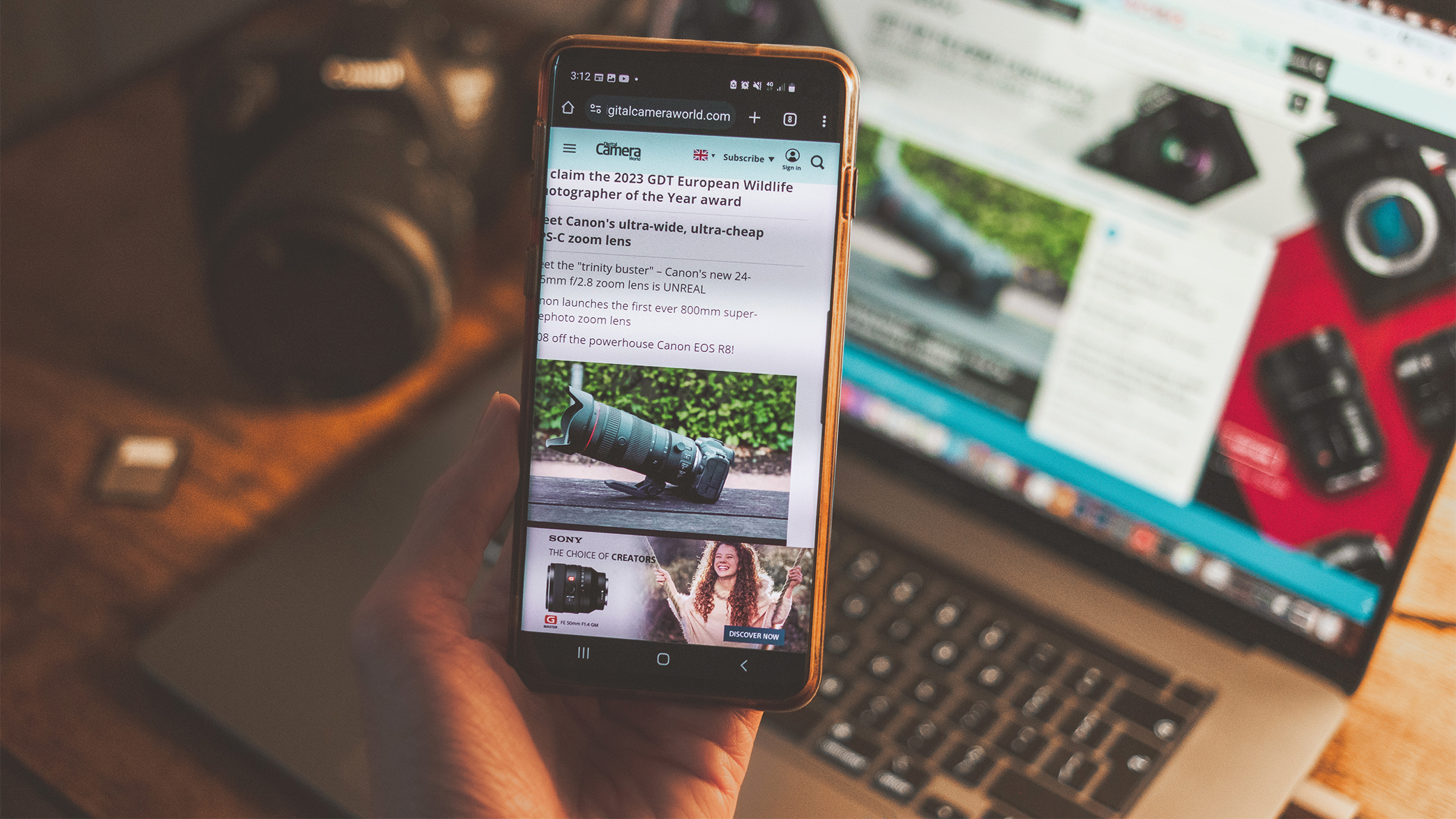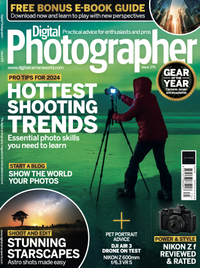Want to start your own photo blog? Here's how
Connect with clients, build a following and maintain creative motivation with a successful business blog

A blog now seems like a standard feature of most creatives’ websites. However, back in around 2010, a blog page was seen as essential if you wanted to portray yourself as a successful photographer. In the pre-Instagram world, come rain or shine, tapping out a few hundred words after every shoot became a staple of the content creator’s day.
Writing isn’t everybody’s favorite task, however, and for many visual artists, it soon became a chore. On top of this, many photographers began writing a blog without any real direction or purpose, choosing to do it simply because everyone else was doing one. Running a blog is no easy feat, so it is important that if you do choose to set one up it represents a profitable use of your time.
Today, social media is all about rapid output and continuous turnover. If you’re used to running an Instagram account, the pace of maintaining a successful photo blog can take some adjustment. It’s less about the quantity of content and far more focused on quality and depth. Posts must contain a significant text component and balance the impact of the featured images.
Here, we have some advice on how often you should post, the type of content that works best for blogging and how targeting your content towards the right audience can help further your photoshoot bookings.

Pick your platform
While the choice of photo-sharing social media is somewhat limited to Instagram and perhaps some of the up-and-coming players like Vero and Clickasnap, there are a plethora of blog-hosting websites. The main website builders, including Zenfolio, Wix and Squarespace, all provide blogging features.
The advantages of hosting your blog on your main photo website are that you can more easily link to photos in your galleries and share content between pages, without leaving the site. Having a ‘Blog’ tab in the menu of your site also means visitors don’t have to navigate away from it to an external location, interrupting their browsing journey.
Ultimately, you want them to spend as much time as possible on the site through which you sell or promote most of your work. Other sites such as Blogger and WordPress are popular choices if you don’t already have a dedicated photo website.
Get the Digital Camera World Newsletter
The best camera deals, reviews, product advice, and unmissable photography news, direct to your inbox!
Tone of voice
Much like your photographic style, the way you write will also resonate with your audience. People will return to a blog if the tone of voice is appealing to them and, importantly, is consistent.
Make sure you start writing in a way that reflects your personality. This might seem counter-intuitive, especially if you’re a person who has strong opinions or likes joking around, as the temptation will be to present a false sense of professional formality, but whether readers are looking to do business with you or simply enjoy your content with a coffee at the weekend, they will form an impression of who you are. It’s no good pretending to be formal and quiet if this isn’t you, as it will be disorientating for anyone who might eventually meet or work with you in person.

Text and image balance
You more than likely think of yourself as a photographer before a writer and that’s absolutely fine. It’s for this reason that getting the proportions of text and image content on your blog correct is critical. People visit a photo blog because they want to see great images, but also to learn the story behind them and get a glimpse into the photographer’s world.
If you’ve shot them correctly, your images should speak for themselves so don’t waste words describing everything about them. Provide alternatives to those featured in your main galleries – perhaps others from the same shoot – ensure they are of a high quality and then provide a narrative into how and why you shot them. Start with around 500 to 800 words, pushing this up to 1,500 for longer, less frequent posts about big shoots and travel experiences. This gives your images room to breathe while showing Google you have authority, improving your SEO.
Tag your content
Just like you do when uploading images to Instagram and other photo-sharing apps, tagging is vitally important if you want the maximum number of people possible to see your content. Most blog builders provide fields to populate with keywords, so make sure you fill these out before publishing your posts. It’s just as vital to keep tags relevant to the content on the page, so scan through your text when proofreading it to pick out the main themes and standout subjects.
If you’re writing about a specific camera model or brand, or a particular genre of photography, use these as keywords. Pick the main topic as a primary keyword, ensuring it appears two or three times throughout the post, and make a list of as many secondary keywords as you feel comfortably describe the narrative of the text.

Point to other content
Your blog has to work for you and your business if you have one, so its main function should be to redirect viewers to places where they can view your images, buy prints and book shoots. If you’re writing about landscape photography at a certain location, link to a post about the last time you were there. If you’re finally travelling to a bucket list destination, write a ‘hub’ post about where you’d like to go and link to this every time you tick one off.
In a post about how well a shoot went, link to a page on your website where viewers can buy featured images or book a similar type of shoot. Don’t forget to link to external locations too, such as a post on a camera brand’s website or another photographer whose work you admire and who has visited the same location.
This article originally appeared in Digital Photographer, a monthly magazine, and the kitbag essential for pros, enthusiasts, and amateurs alike!
Inside, you'll find practical guides, shooting tips, and techniques from working photographers, plus all the latest industry news.
As the Editor for Digital Photographer magazine, Peter is a specialist in camera tutorials and creative projects to help you get the most out of your camera, lens, tripod, filters, gimbal, lighting and other imaging equipment.
After cutting his teeth working in retail for camera specialists like Jessops, he has spent 11 years as a photography journalist and freelance writer – and he is a Getty Images-registered photographer, to boot.
No matter what you want to shoot, Peter can help you sharpen your skills and elevate your ability, whether it’s taking portraits, capturing landscapes, shooting architecture, creating macro and still life, photographing action… he can help you learn and improve.


